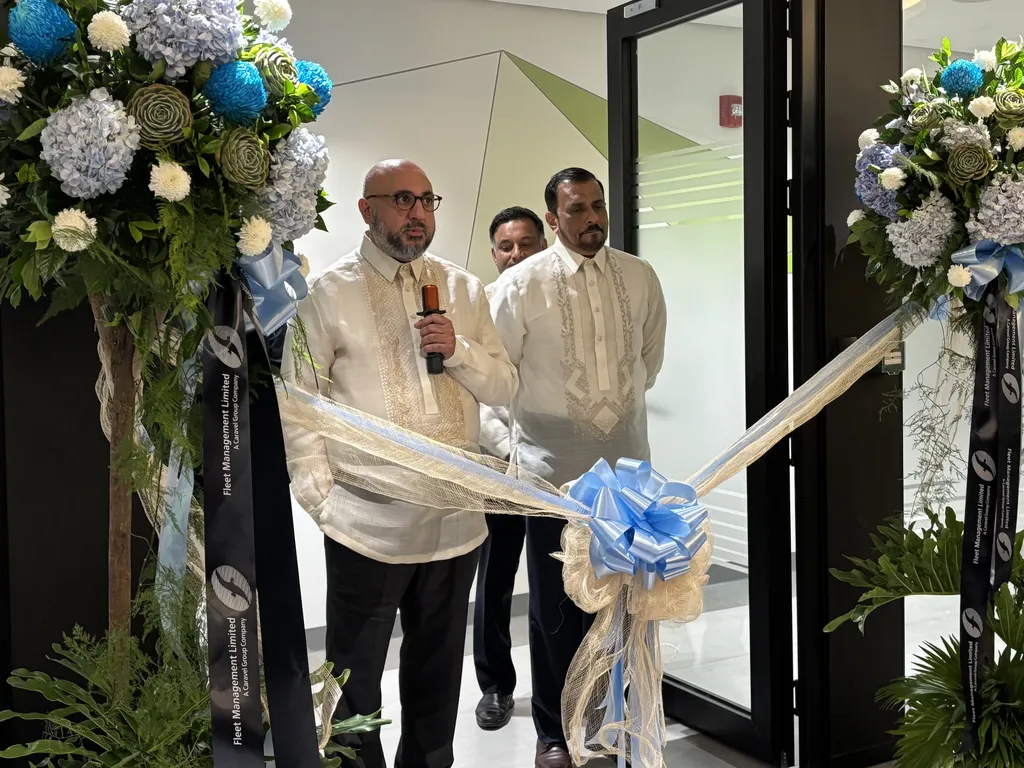Fleet Management’s new Manila hub isn’t just another office—it’s a strategic bet on the future of seafaring. With Filipino seafarers making up over a quarter of the global workforce, the company’s expansion in Pasay City is about more than scaling operations; it’s about embedding itself in the heart of maritime talent. By consolidating crew management, technical ops, and training under one roof, Fleet Management is doubling down on its commitment to over 4,000 seafarers—and aiming to grow that number to 6,000 within two years.
This move aligns with Fleet Management’s broader global push, following recent expansions in Athens and Japan. The strategy is clear: be closer to where seafarers live and where clients operate. It’s a play for agility, ensuring that training and support keep pace with the industry’s rapid evolution. The new hub will host over 14,000 training sessions annually, with a sharp focus on simulator-based bridge and engine room drills, safety protocols, and dual-fuel readiness. As alternative fuels gain traction, this kind of hands-on preparation will be critical.
But it’s not just about technical skills. Fleet Management is also doubling down on seafarer welfare. The expanded Fleet Care program will offer counselling, family outreach, and mental health support—critical for a workforce facing long stretches at sea. The Manila office itself is designed with wellbeing in mind, featuring air quality monitoring and ergonomic workspaces. This isn’t just corporate responsibility; it’s a recognition that a well-supported crew is a safer, more efficient crew.
For Filipino seafarers, this expansion is a vote of confidence. Captain Rajalingam Subramaniam, Fleet Management’s CEO, emphasised the importance of nurturing the next generation of maritime leaders. “I am encouraged by the calibre of our cadets and young talent, and their ambitions to serve as future stewards of global shipping—skilled, resilient, and globally competitive,” he said. By investing in training and leadership development, Fleet Management is positioning itself—and its seafarers—to lead the industry’s transition to greener, smarter shipping.
The bigger question is how this expansion will ripple through the industry. If more companies follow Fleet Management’s lead—combining localised support with global standards—the maritime sector could see a shift towards more collaborative, transparent operations. Captain Subramaniam put it bluntly: “If there is one change to champion, it would be deeper collaboration and transparency across the industry. When shipowners, regulators, and managers work together, we can achieve safer, more sustainable, and efficient operations, aligning on standards and sharing best practices for the benefit of people and planet alike.”
For now, the message to Filipino seafarers is clear: this hub is built for you. It’s a promise of support, growth, and a long-term commitment to their role in global trade. And if Fleet Management’s vision holds, it could set a new standard for how the industry invests in its most valuable asset—its people.

